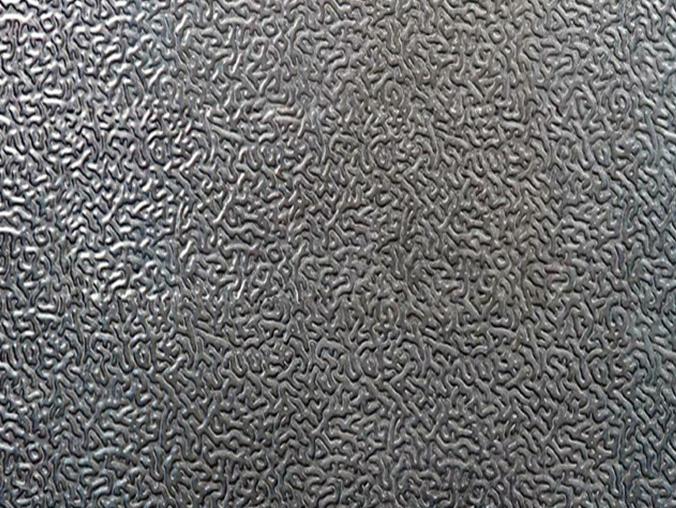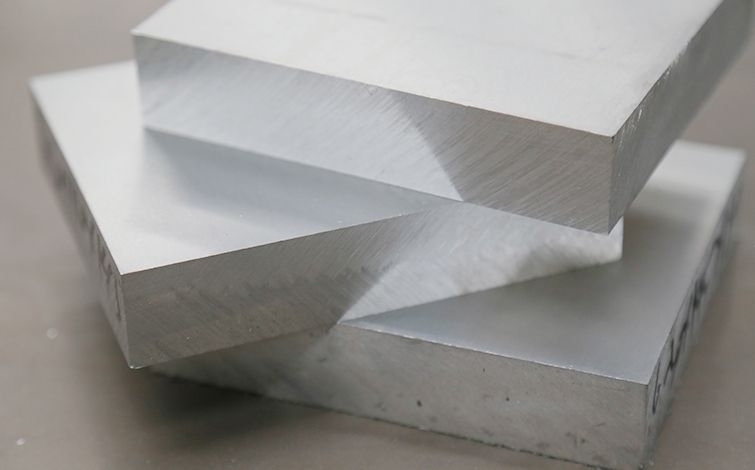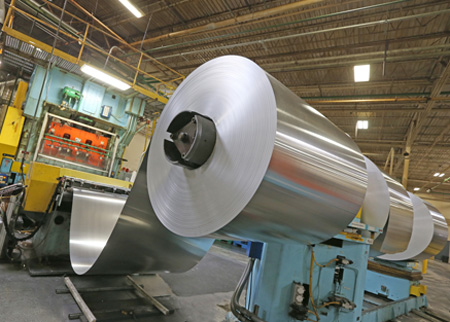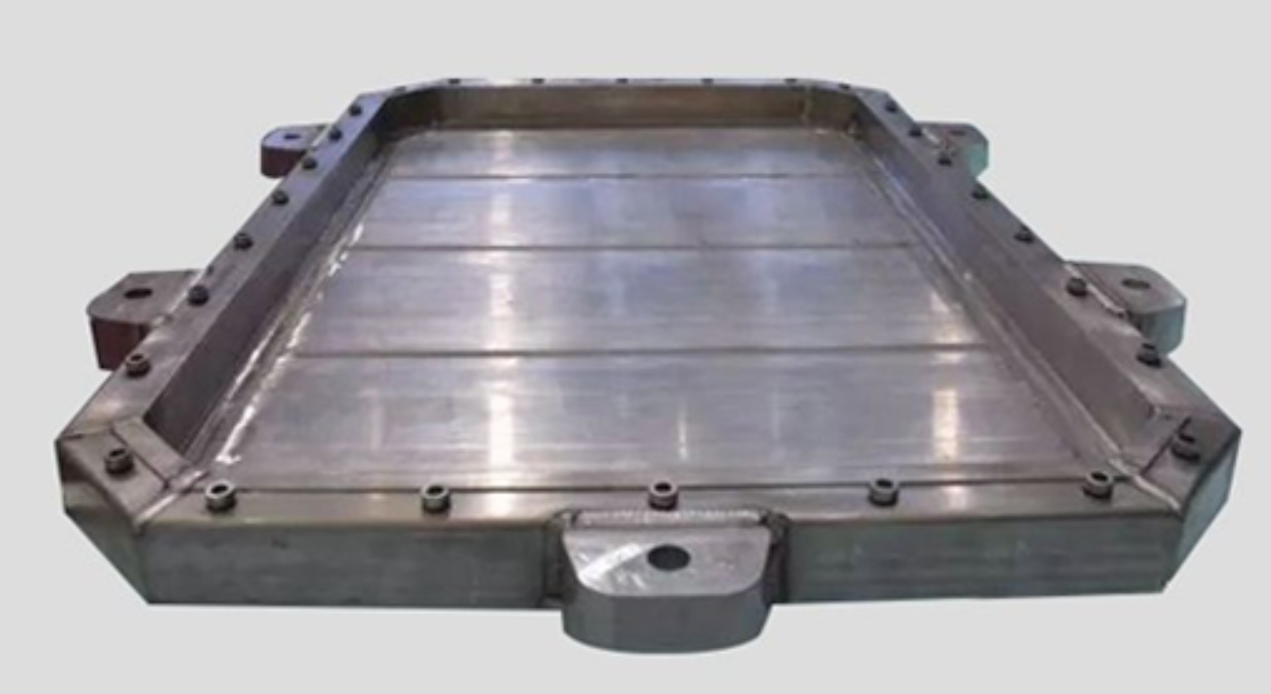



I. Principle of anodic oxidation
Anodic oxidation treatment is the process of using electrochemical methods to obtain an anodic oxide film on the surface of the workpiece by using alloy parts as the anode and stainless steel, chromium, or conductive electrolyte itself as the cathode under certain voltage current and other conditions to cause oxidation to occur at the anode. According to the type of electrolyte and the nature of the film, it can be divided into sulphuric acid (can be coloured), chromic acid, (without colouring), mixed acid, hard (cannot be coloured) and porcelain anodic oxidation; according to the colouring properties of various anodic oxidation films, only the oxide film obtained by sulphuric acid anodic oxidation is the most suitable for colouring; others such as oxalic acid and porcelain anodic oxidation film (micro-arc oxidation) can be coloured, but the interference with the colour is serious; chromic acid anodic oxidation film or hard The anodic oxide film or hard oxide film cannot be coloured; to achieve the purpose of anodic oxidation for colouring, only sulphuric acid anodic oxidation is feasible.
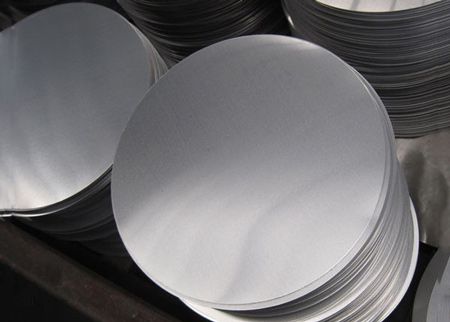
II. Limitations of sulphuric acid anodising on aluminium alloy materials
(1) The presence of alloying elements will reduce the quality of the oxide film. Under the same conditions, the thickest oxide film, the highest hardness, the best corrosion resistance and the best uniformity are obtained on pure aluminium. For aluminium alloy materials, to obtain a good oxidation effect, ensure that the aluminium content, normally no less than 95%, is preferred.
(2) In the alloy, copper will make the oxide film red, destroy the quality of the electrolyte and increase the oxidation defects; silicon will make the oxide film grey, especially when the content exceeds 4.5%, the impact is more obvious; iron will exist in the form of black spots after anodising due to its own characteristics.
Now that we know the principle of anodising and the limitations of sulphuric acid anodising on aluminium alloys, we can carry out different degrees of oxidation and different ways of processing according to different grades of aluminium alloys, so that we can better produce the required products. If you need aluminium alloys or anodised aluminium alloys, or are not sure how they should be oxidised, Hormel Aluminium welcomes you to contact us for advice!
* Thank you for your inquiry. Please provide your business needs information so that we can better serve you.
This information can help us assign the most suitable person to solve your problem. We will give you feedback within 1-2 working days.
Related Blog
